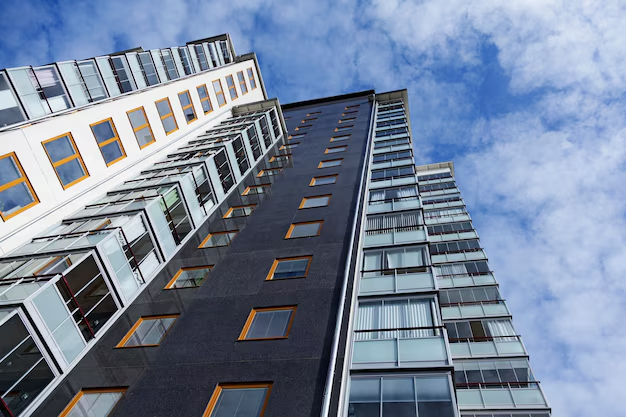The Ultimate Guide to Building Your Own Apartment Complex
Building an apartment complex can be a rewarding venture, offering both financial return and community development. Whether you’re a seasoned developer or a passionate beginner, understanding the essential steps and available resources is crucial. Here, we delve into the process of apartment complex construction and highlight key financial assistance options that can help bring your vision to life.
Initial Planning and Market Research
Before laying the first brick, conduct thorough market research. Understanding local real estate trends, demand forecasts, and demographic insights can position your project for success. Look into the neighborhood’s potential growth, current vacancies in similar properties, and rental rates. This data will guide core decisions, from location to design, ensuring your investment aligns with community needs.
Securing Financing
Perhaps the most formidable hurdle in building an apartment complex is securing adequate financing. Evaluate your budget meticulously, accounting for land acquisition, construction costs, permits, and unexpected expenses. Consider these financing options:
- Traditional Bank Loans: If your credit score and business plan align with bank criteria, this might be a viable route.
- Commercial Mortgages: Specially designed for income-generating properties, these loans often have favorable terms.
- Joint Ventures or Partnerships: Split costs and risks by partnering with developers or investors who share your vision.
Navigating Legal and Regulatory Requirements
Building an apartment complex involves navigating a maze of permits and regulations. This step is crucial not only for legal compliance but also to establish trust and credibility. Key areas of focus include:
- Zoning Laws: Ensure that your land is zoned for residential use and that your project complies with height, density, and usage restrictions.
- Building Permits: Collaborate closely with local government officials to secure necessary permits, which cover everything from construction to occupancy.
- Environmental Assessments: Address potential environmental impacts, such as soil contamination or protected species habitats.
Design and Construction
Partnering with experienced architects and contractors is essential for bringing your vision to reality. Choose a design that resonates with your target market—whether it’s luxury apartments with state-of-the-art amenities or affordable housing solutions. During construction, maintain open lines of communication with your project manager to stay informed about progress and any emerging challenges.
Marketing and Leasing
Once construction nears completion, shift focus towards marketing and leasing units to prospective tenants. Harness both traditional advertising channels and digital platforms to maximize reach. Consider these strategies:
- Virtual Tours: An effective way for potential tenants to explore units remotely.
- Special Promotions: Offer incentives like lower initial rent or free amenities.
Exploring Financial Assistance and Resources
Building a large-scale project like an apartment complex often requires more than just loans. Numerous financial assistance programs and resources can alleviate financial burdens:
- 🏦 Government Grants: Some government programs offer grants for urban development or affordable housing.
- 💡 Tax Incentives: Explore tax credits for energy-efficient construction or revitalizing urban spaces.
- 📈 Low-Interest Loans: Certain nonprofits and local agencies offer low-interest loans for community-building projects.
- 💳 Credit Solutions: Leverage business credit cards to manage cash flow and earn rewards on certain expenditures.
- 🎓 Educational Opportunities: Engage in workshops or courses offered by real estate organizations to hone your development skills.
Approaching your apartment complex project with informed confidence and leveraging available resources can transform your grand idea into a tangible reality while contributing positively to the housing landscape.
